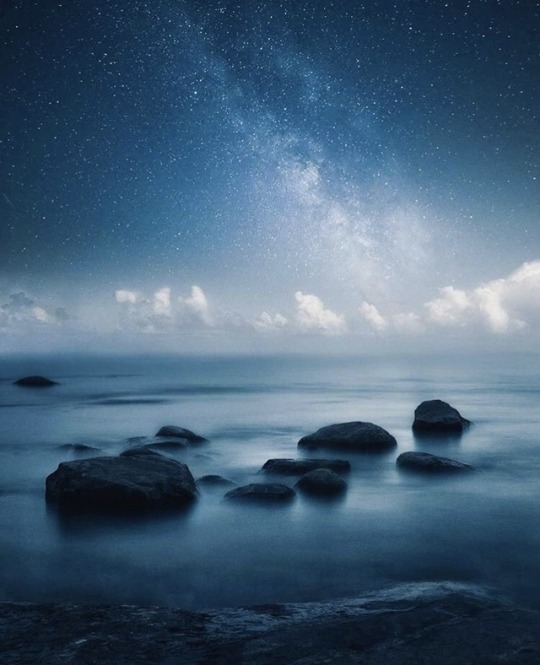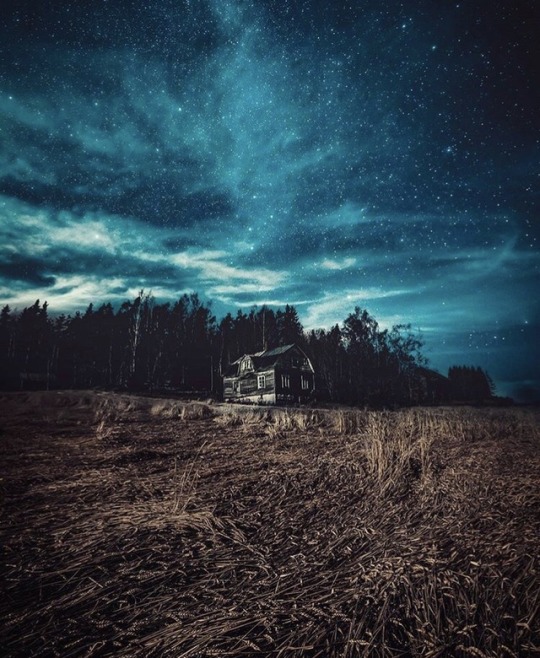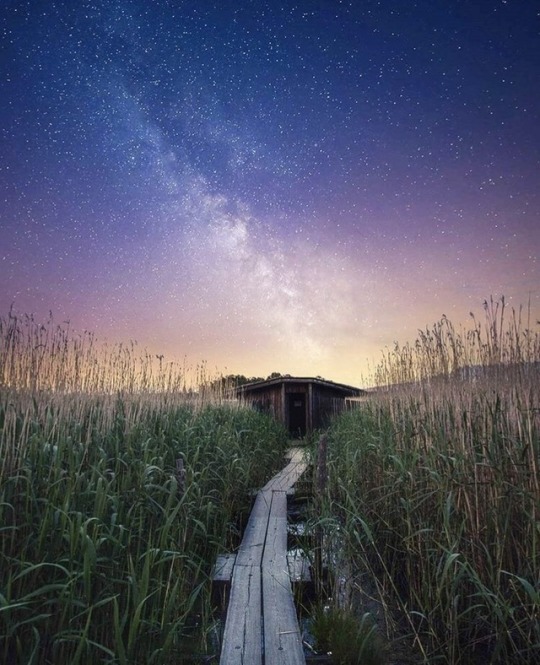Photo

2019 August 1
Elements in the Aftermath
Image Credit: NASA/CXC/SAO
Explanation: Massive stars spend their brief lives furiously burning nuclear fuel. Through fusion at extreme temperatures and densities surrounding the stellar core, nuclei of light elements ike Hydrogen and Helium are combined to heavier elements like Carbon, Oxygen, etc. in a progression which ends with Iron. So a supernova explosion, a massive star’s inevitable and spectacular demise, blasts back into space debris enriched in heavier elements to be incorporated into other stars and planets and people). This detailed false-color x-ray image from the orbiting Chandra Observatory shows such a hot, expanding stellar debris cloud about 36 light-years across. Cataloged as G292.0+1.8, this young supernova remnant is about 20,000 light-years distant toward the southern constellation Centaurus. Light from the inital supernova explosion reached Earth an estimated 1,600 years ago. Bluish colors highlight filaments of the mulitmillion degree gas which are exceptionally rich in Oxygen, Neon, and Magnesium. This enriching supernova also produced a pulsar in its aftermath, a rotating neutron star remnant of the collapsed stellar core. The stunning image was released as part of the 20th anniversary celebration of the Chandra X-ray Observatory.
∞ Source: apod.nasa.gov/apod/ap190801.html
189 notes
·
View notes
Text
Hello my world yang tersembunyi dan tersimpan sangat rapat, dunia dimana gua kembali berandai-andai bisa kuliah astronomi dan mengenal banyak tentang angkasa
0 notes
Photo



16 februari 2018 Hari ini hari jumat, yang mana bertepatan dengan hari raya imlek dan juga long weekend (ayey). Karena long weekend aku memutuskan untuk pulang di hari kamis sore, aku pulang setelah beberapa minggu tidak pulang di karenakanan kemageran yang hqq...... (blm kelar)
1 note
·
View note
Photo



Possible Lava World (Animation)
This animation shows one possible scenario for the rocky exoplanet 55 Cancri e, nearly two times the size of Earth. New Spitzer data show that one side of the planet is much hotter than the other - which could be explained by a possible presence of lava pools.
Credit: NASA/JPL/Spitzer
3K notes
·
View notes
Video
undefined
tumblr
Ini namanya teropong, fungsinya untuk liat mimi peri di khayangan wkwk
1 note
·
View note
Photo





Sungguh kagum dengan kualitas kamera jaman sekarang
#nature#landscape#buterfly#photography#original#samsungA32017#perfectcamera#noselfieexpert#lakeside#bymeself
0 notes
Photo

Jngan munafik sama diri sendiri ya ,karena kamu itu berharga hehe
0 notes
Photo

2018 January 13
Launch and Landing
Image Credit & Copyright: John Kraus
Explanation: A composite of three consecutive exposures, this night skyscape follows the January 7 launch and first stage landing of a Falcon 9 rocket from a beach on planet Earth’s space coast. With the launch from Cape Canaveral Air Force Station, the bright streak beginning farthest left traces the initial phase of the rocket’s flight. A visible upward hook marks the first stage beginning its return trajectory with a “boostback burn” near the top of the arc, while the second stage separates and continues toward orbit. Above the top of the launch arc due to perspective, a bright streak shows the returning first stage slowing and descending toward the Cape. Centered below, the streak at the horizon is a 17 second burn finally slowing the first stage to a successful vertical landing about 8 minutes after launch at Landing Zone 1. During the scene’s effective long exposure time, the background stars leave short trails in the night sky of the rotating planet.
∞ Source: apod.nasa.gov/apod/ap180113.html
162 notes
·
View notes
Photo
Spacecraft










Some of the beautiful images taken by the Cassini spacecraft ● 1997-2017 ●
Image credit: NASA/JPL-Caltech/SSI
20K notes
·
View notes












